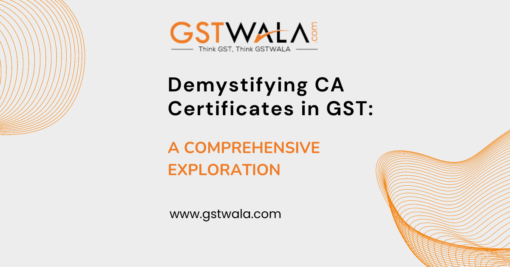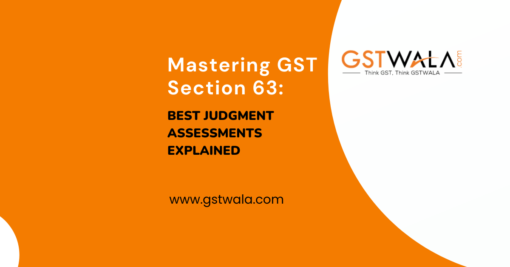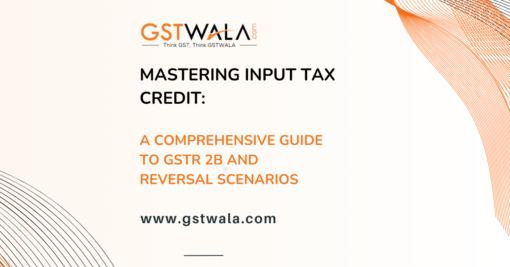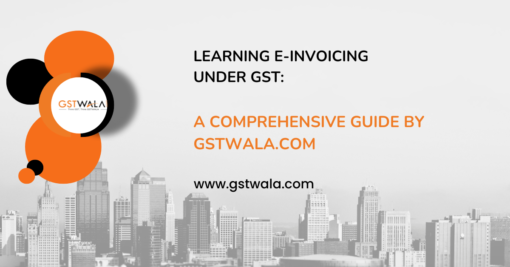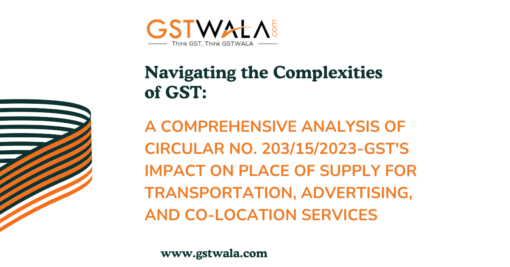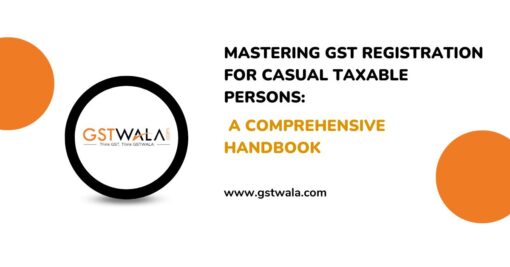
Mastering GST Registration for Casual Taxable Persons: A Comprehensive Handbook
In the dynamic domain of Goods and Services Tax (GST), casual taxable persons occupy a distinctive niche. These entities or individuals sporadically engage in transactions involving the supply of goods or services without maintaining a fixed place of business in a specific state or union territory. This handbook is meticulously crafted to untangle the intricacies of GST registration for casual taxable persons, offering a comprehensive guide to the requisites, procedures, and compliance obligations in a lucid and accessible manner.
Registration Requirements:
Casual taxable persons embarking on taxable supplies in India find themselves bound by the mandate to register under GST, irrespective of their turnover. However, a crucial caveat exists for those dealing with specified handicraft goods. Should their aggregate turnover transcend the threshold of Rs. 20 lakhs (or Rs. 10 lakhs for Special Category States), registration assumes the mantle of obligation. It’s paramount to note that casual taxable persons are categorically ineligible to opt for the composition levy scheme, setting them apart from their regular counterparts.
Application Process:
The commencement of the registration odyssey unfolds with the submission of Form GST REG-01 on the GST common portal, a ritual to be performed at least five days prior to commencing business in India. Vital details, including the Permanent Account Number (PAN), mobile number, email address, and relevant state or union territory information, must be meticulously furnished. Upon successful verification, the applicant is bestowed with a temporary reference number, akin to a guiding beacon illuminating their journey through the labyrinth of registration.
Advance Tax Deposit:
Post-acquisition of the temporary reference number, the applicant finds themselves thrust into the obligation of making an advance deposit of tax equivalent to the estimated tax liability for the registration period. This financial ritual is solemnized through the electronic cash ledger, and the coveted issuance of the registration certificate remains contingent upon the manifestation of the deposit in the ledger. An acknowledgment, materialized in the form of Form GST REG-02, serves as a testament to the fulfillment of this fiscal obligation.
Validity and Extension:
The registration certificate, akin to a passport through the fiscal realm, confers upon a casual taxable person a period of validity as specified in the application or ninety days from the effective date of registration, whichever transpires earlier. However, in scenarios necessitating an extension, the ritual of supplication in the form of Form GST REG-11 must be meticulously performed before the denouement of the initial validity period. The pantheon of compliance may grant an extension spanning up to another ninety days, but only upon the remittance of additional tax as a token of fiscal devotion.
Long-Running Exhibitions:
In the realm of long-running exhibitions, enduring beyond the threshold of 180 days, the cloak of normal registration assumes precedence over registration as a casual taxable person. Herein lies the crux of substantiation, as proof of a place of business must be tendered through the allotment letter sanctioning permission for the exhibition premises. Post-exhibition denouement, registration, once assumed, can be gracefully relinquished, much like a vessel returning to port after a protracted voyage.
Returns and Refunds:
Casual taxable persons find themselves beholden to file Form GSTR-1 to meticulously chronicle outward supplies and Form GSTR-3B to consolidate supplies and remit tax. Unlike their regular counterparts, the ritual of annual return filing remains optional, offering a reprieve from the annual fiscal convocation. Refunds of any excess advance tax deposits, akin to the return of surplus offerings, can be petitioned subsequent to the submission of all returns for the registration period, marking the culmination of their fiscal pilgrimage.
Embarking upon the voyage of GST registration as a casual taxable person may appear daunting at first glance. However, armed with a comprehensive understanding of the requisites and procedures delineated in this handbook, businesses can navigate these tumultuous waters with confidence, ensuring seamless compliance with tax regulations. For further elucidation and guidance, individuals are encouraged to peruse the GST common portal and seek counsel from tax experts. At GSTWala.com, we remain steadfast in our commitment to simplifying intricate tax matters and shepherding businesses through their GST odyssey with aplomb, serving as a beacon of guidance in the ever-evolving fiscal realm.
Ready to navigate the complexities of GST with confidence? Let’s unravel the mysteries together. We are just a click away info@gstwala.com Top of Form


